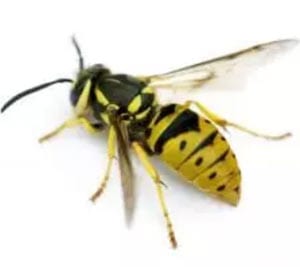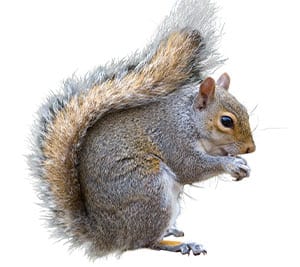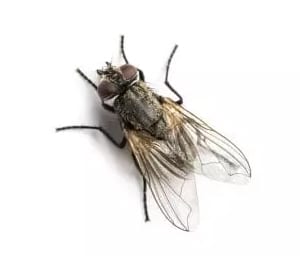OUR SERVICES
#TheBugStopsHere
PEST & RODENT CONTROL SPECIALISTS IN THE OKANAGAN
BugMaster Pest Control deals with a wide variety of crawling insects in the Okanagan Valley. We serve Kelowna, Vernon, Penticton, and the surrounding area. A few of the Okanagan’s top nuisance invaders include:





